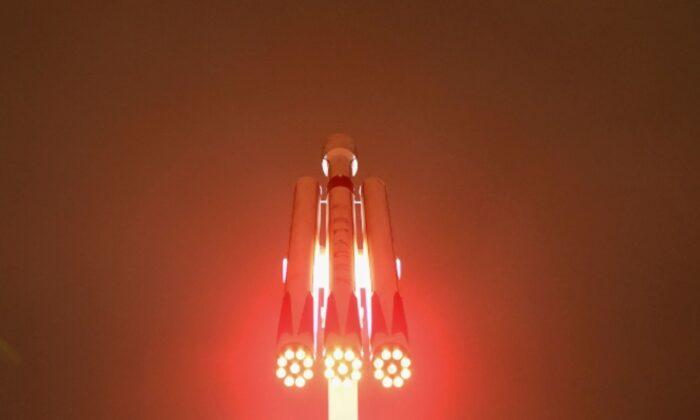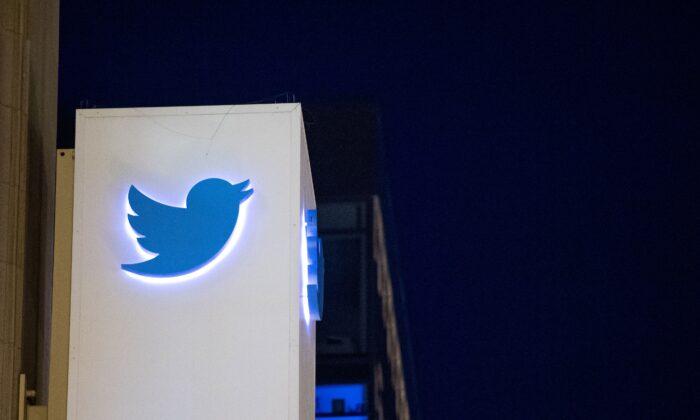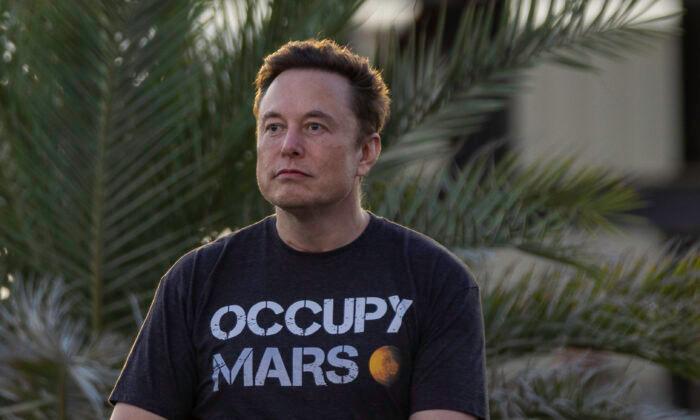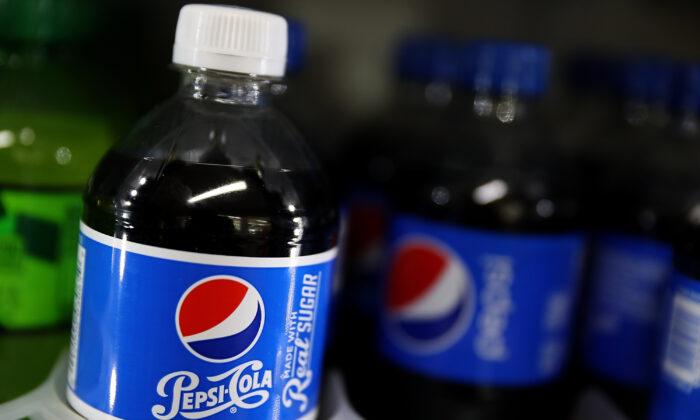Tesla Inc. CEO Elon Musk’s SpaceX has secured three more commercial crew flights to the International Space Station as part of its contract with NASA, the U.S. space agency said on Friday.
The additional crew flights would allow the U.S. space agency NASA to maintain an uninterrupted human access to the space station every now and then.
The fresh contract to SpaceX comes after Boeing Co.’s delayed certificates for the Starliner spacecraft due to technical issues.
“NASA anticipates a potential need to use any additional flights as early as 2023 to maintain mission readiness,” the U.S. space agency said in a blog post.
Boeing may not fly astronauts for NASA until 2023—more than three years behind schedule. Boeing’s Starliner spaceship is grounded for the rest of the year due to hardware issues.
NASA said it still plans to alternate missions between SpaceX and Boeing, once both are operational.
“Securing additional flights now also allows NASA to continue working with Boeing on the development of the company’s CST-100 Starliner spacecraft, which also will fly NASA and international partner astronauts to and from the space station after completing its certification effort.”
NASA added that the current single source modification does not stop it from seeking additional contract modifications in the future.
NASA in 2014 signed up both SpaceX and Boeing for alternating missions to ferry crew to-and-from the International Space station that orbits about 248 miles above the earth.
SpaceX last month docked NASA’s Crew-3 mission astronauts with the ISS, its third operational crewed flight for NASA and the fifth human spaceflight mission that it has launched since May 2020.
The Dragon and the Crew-3 astronauts would leave the orbiting laboratory and return to Earth after a six-month stay in space.





